London, a city steeped in history, boasts a rich tapestry of architectural styles. From grand Georgian townhouses to charming Victorian terraces, these period properties contribute significantly to the city’s unique character. If you’re fortunate enough to own one of these historic homes and are considering renovations, particularly a kitchen extension, it’s crucial to approach the project with sensitivity and respect for its heritage. This comprehensive guide explores the key considerations and best practices for preserving London’s architectural legacy while modernising your home.
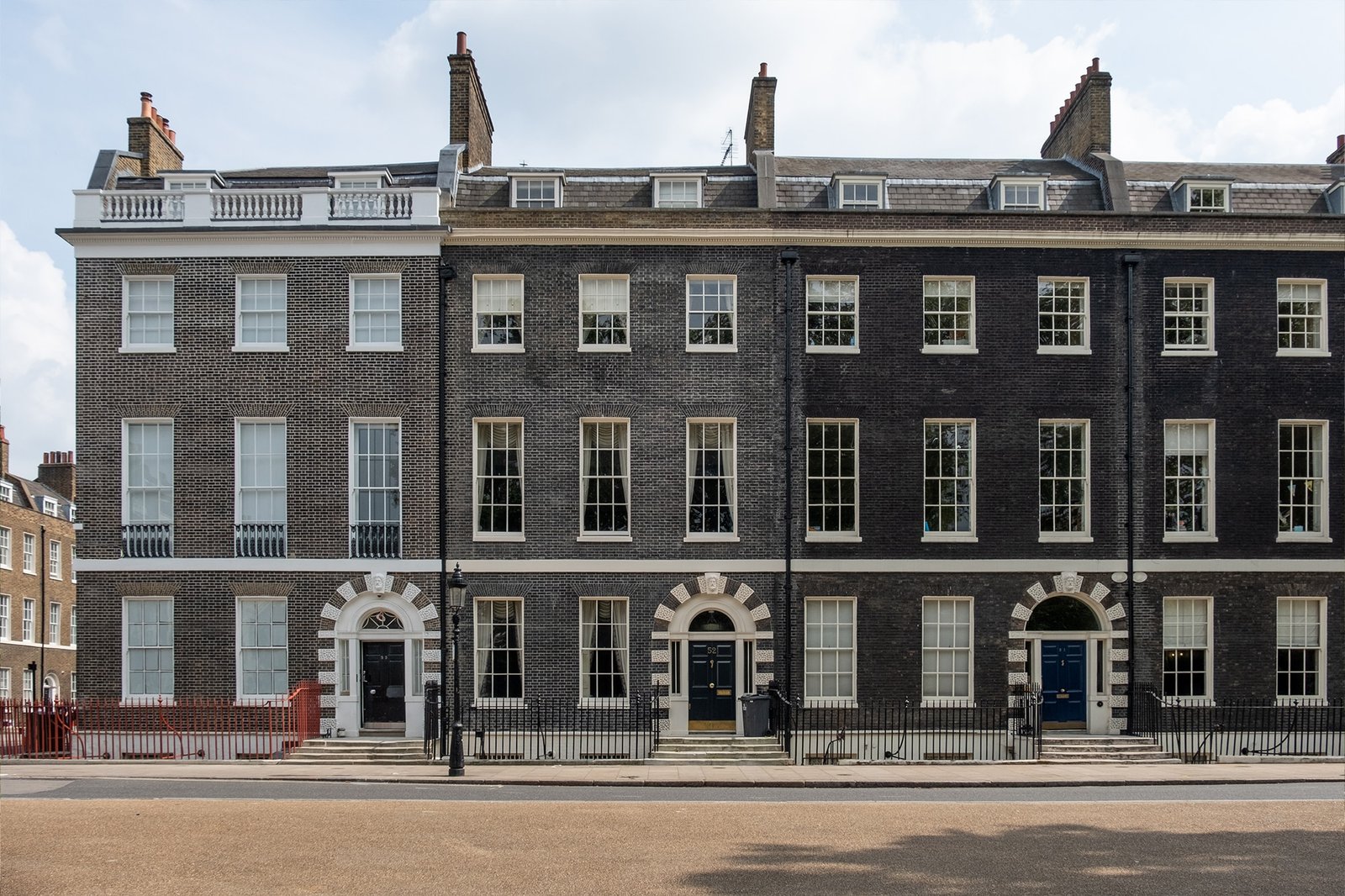
Understanding the Significance of Your Historic Home
Before embarking on any renovation project, take the time to appreciate the historical context of your property. Research its architectural style, period features, and any significant historical associations. This understanding will inform your design choices and ensure your renovation project complements rather than detracts from the building’s inherent character.
Key points to consider:
Architectural Style: Identify the defining characteristics of your home’s architectural style, such as sash windows, ornate cornices, or decorative brickwork.
Period Features: Note any original features like fireplaces, floorboards, or stained glass windows that contribute to the property’s historical value.
Listed Status: Determine if your property is listed or located within a conservation area. Listed buildings have statutory protection, meaning alterations require consent from the local planning authority.
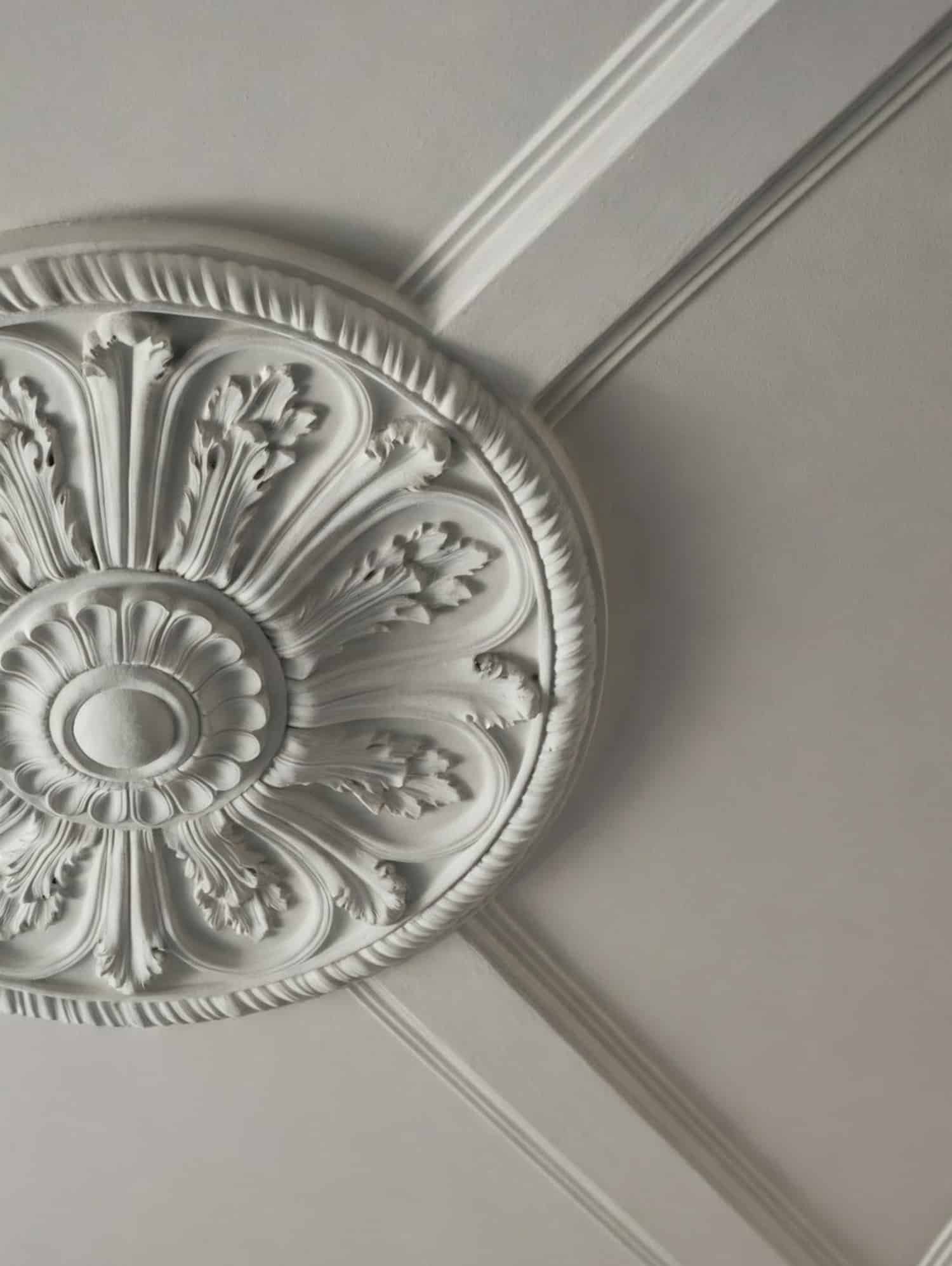
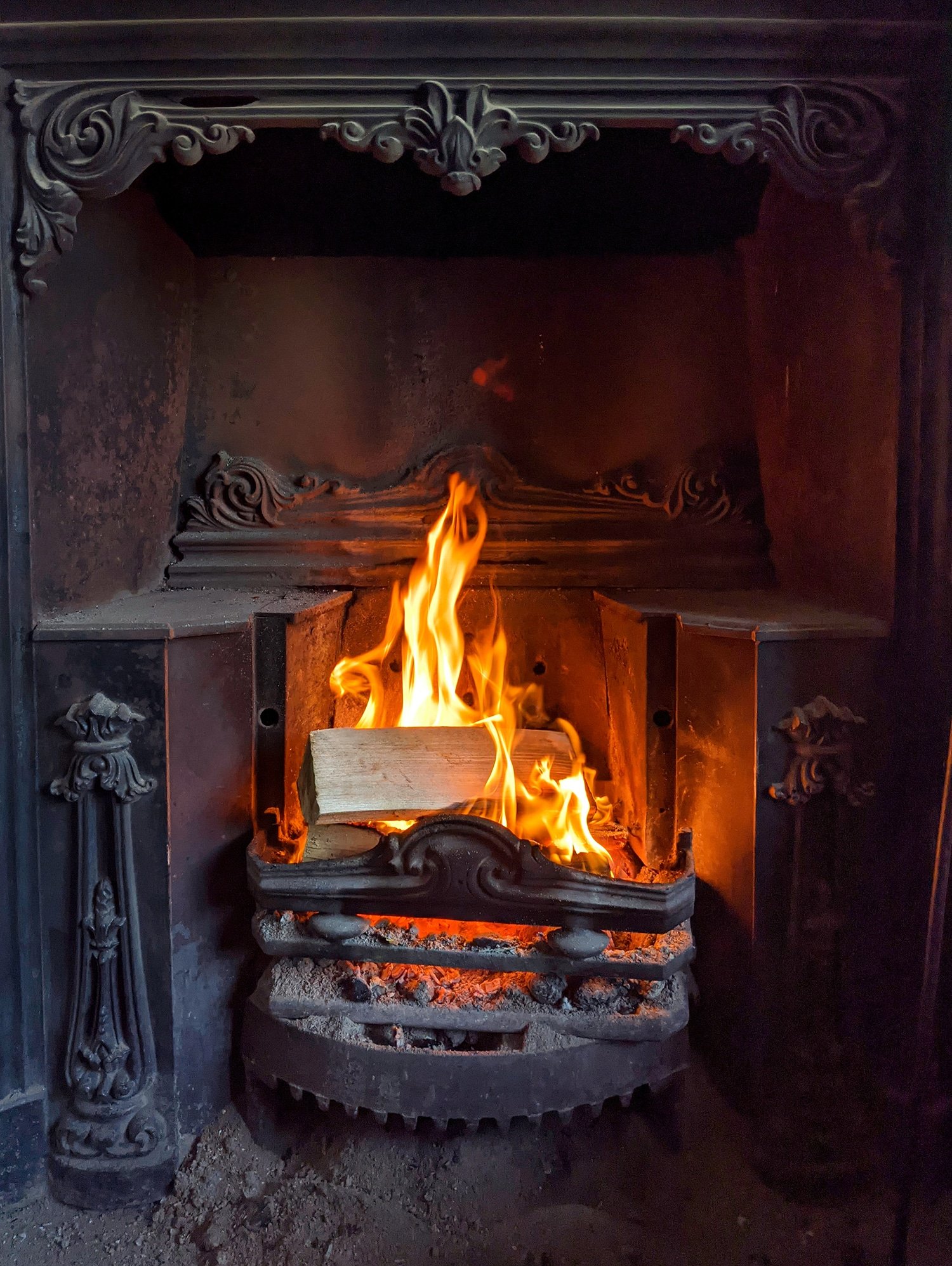
Navigating Planning Permissions and Regulations
Renovating a historic home in London often involves navigating a complex web of planning permissions and building regulations. It’s essential to engage with your local council early in the process to ensure your project complies with all relevant legislation.
Key steps to take:
Pre-application Advice: Seek pre-application advice from your local planning authority. This invaluable service provides guidance on your proposals and helps identify potential issues before you submit a formal application.
Listed Building Consent: If your property is listed, you’ll need to obtain Listed Building Consent in addition to planning permission. This ensures any alterations are sympathetic to the building’s historical significance.
Building Regulations Approval: All renovation projects must comply with Building Regulations, which cover aspects such as structural integrity, fire safety, and energy efficiency.

Preserving and Restoring Original Features
Wherever possible, prioritise the preservation and restoration of original features. This might involve repairing damaged sash windows, restoring period fireplaces, or reinstating lost architectural details.
Restoration best practices:
Expert Craftsmanship: Engage skilled craftspeople with experience in traditional building techniques.
Salvaged Materials: Consider using salvaged materials from demolition or reclamation yards to match existing features.
Minimal Intervention: Aim for minimal intervention when restoring original features. Preserve the patina of age where possible.
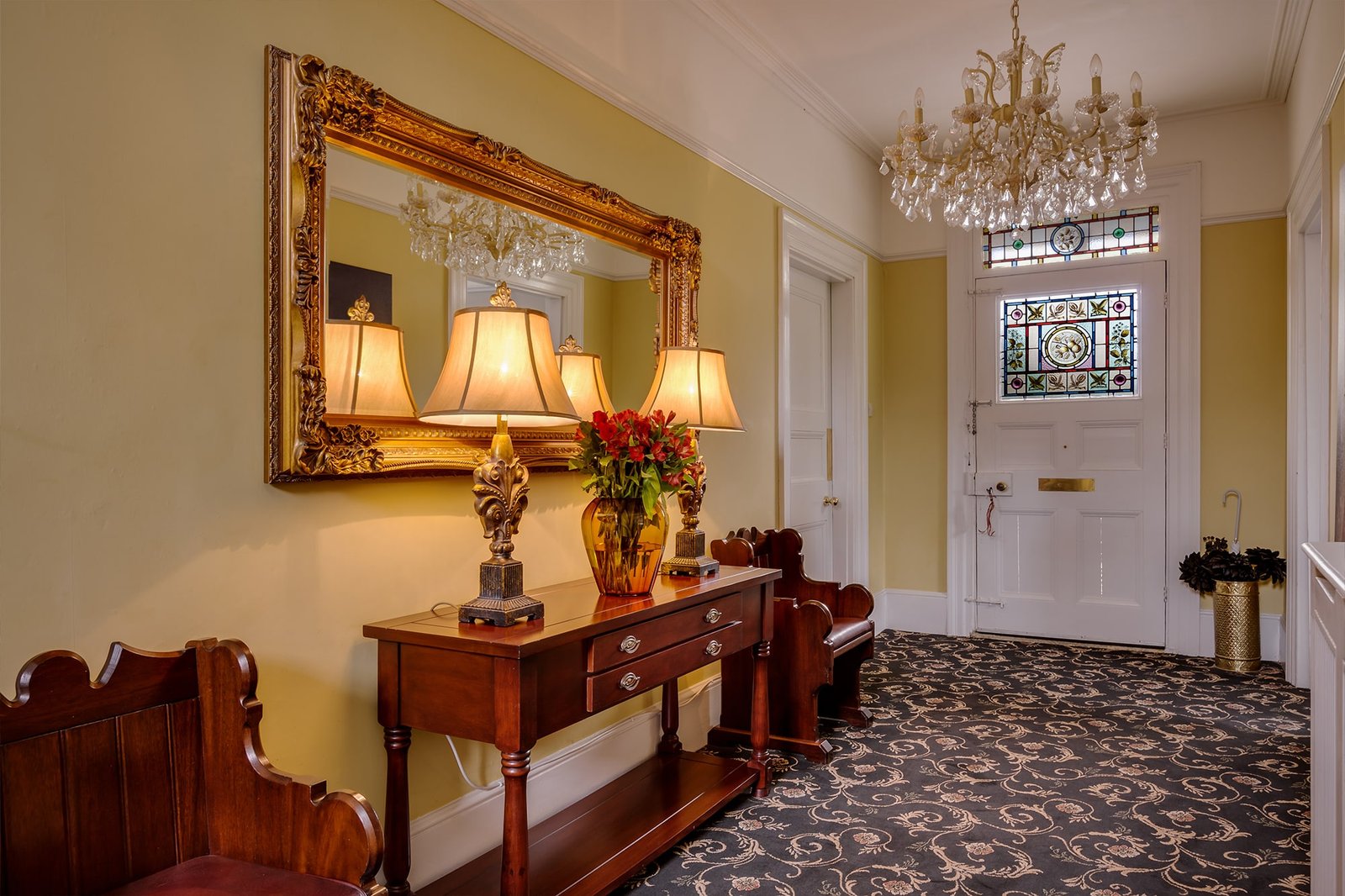
Sustainable Renovation Practices
Sustainable renovation practices are crucial for minimising the environmental impact of your project and ensuring the longevity of your historic home.
Key considerations:
Energy Efficiency: Improve the energy efficiency of your home by incorporating insulation, double-glazing, and draught-proofing measures.
Sustainable Materials: Choose sustainable and locally sourced materials wherever possible.
Water Conservation: Install water-saving fixtures and fittings to reduce water consumption.
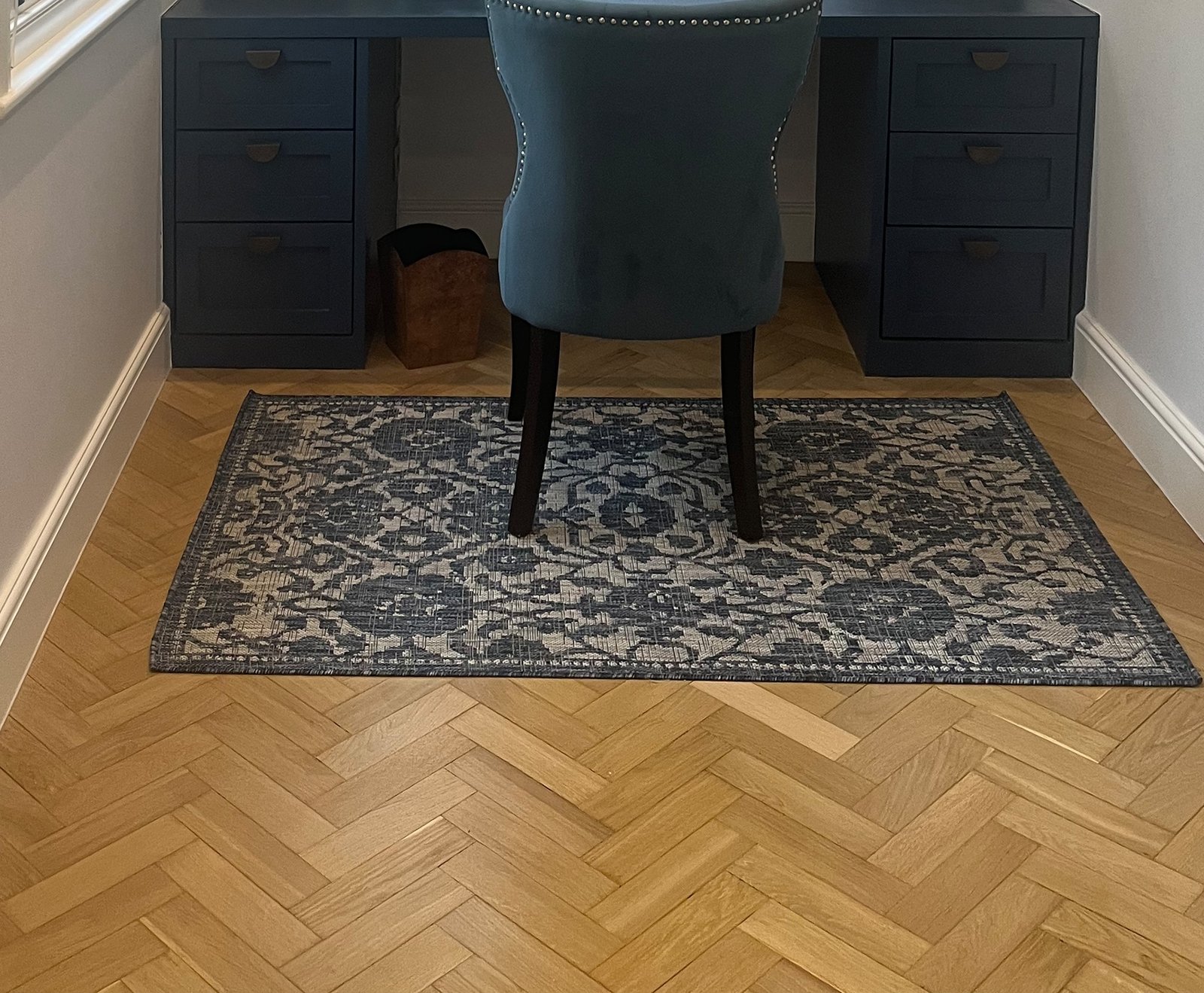
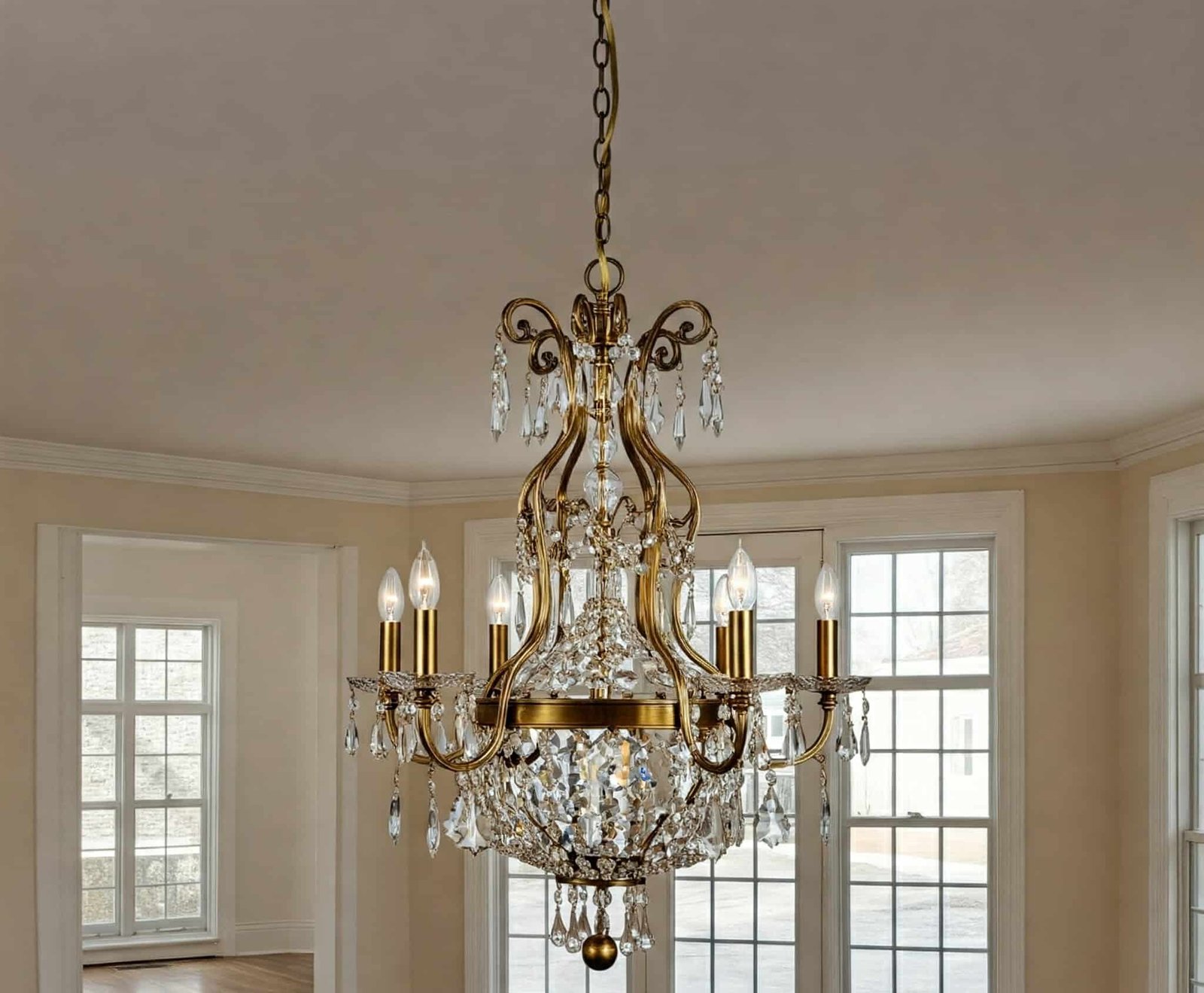
Choosing the Right Construction Company
Selecting the right construction company is paramount to the success of your renovation project. Look for a company with a proven track record in working with historic buildings and a commitment to quality craftsmanship.
Key factors to consider:
Experience: Choose a company with extensive experience in renovating period properties in London.
Accreditation: Look for companies with relevant accreditations, such as Federation of Master Builders (FMB) membership.
References: Ask for references from previous clients who have undertaken similar projects.
Communication: Ensure the company has clear communication channels and provides regular project updates.

